Date 1920s? Occupation Housewife Target(s) Lovers/husbands | Name Vera Renczi Motive Jealousy | |
 | ||
Criminal penalty Life imprisonment | ||
Vera renczi walterr s horror
Vera Renczi (dubbed the Black Widow or Chatelaine of Berkerekul), of Romania or Hungary, reportedly confessed to poisoning 35 individuals—including her two husbands, multiple lovers, and her son—with arsenic during the 1920s. The earliest report published in the USA was in May, 1925. The story has surfaced repeatedly, but without traceable details such as specific dates of her birth, marriages, arrest, conviction, incarceration or death. Most sources place the murders at Berkerekul, Yugoslavia (present-day Serbia), or Bečkerek, which changed the name to Zrenjanin in 1946. In 1972, the Guinness Book of World Records found no authoritative sources to support the claim that 35 people were killed by Renczi in early 20th-century Romania. The story of Vera Renczi may have originated as a fiction or a hoax.
Contents
- Vera renczi walterr s horror
- Vera renczi lma fest 1 sovata ro 2012 10 20 pt 2 3
- Early life
- Subsequent murders
- References
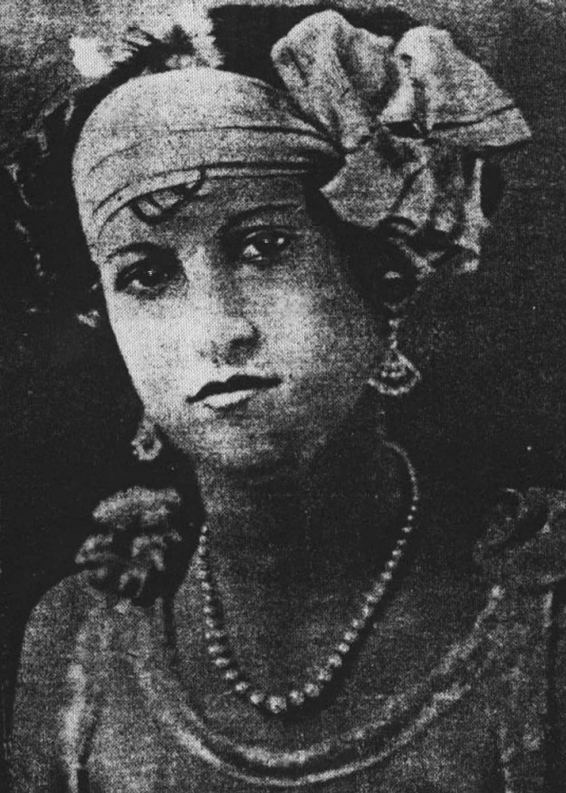
Vera renczi lma fest 1 sovata ro 2012 10 20 pt 2 3
Early life
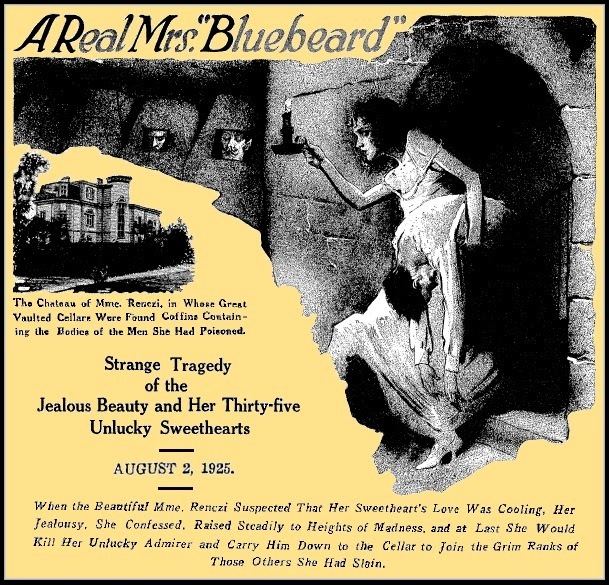
According to some accounts, Renczi was born in Bucharest in 1903, but in view of the dates of her alleged crimes, a date in the late 19th century would be more appropriate. The accounts of her life are lacking in verifiable documentary supporting evidence. Her mother died when she was 13 and she moved with her father to Bercicherecul Mare, today Zrenjanin, Voivodina, Northern Yugoslavia where she attended a boarding school. By the age of fifteen, she had become increasingly unmanageable by her parents and had frequently run away from home with numerous boyfriends, many of whom were significantly older than she was. Early childhood friends described Renczi as having an almost pathological desire for constant male companionship and possessing a highly jealous and suspicious nature.
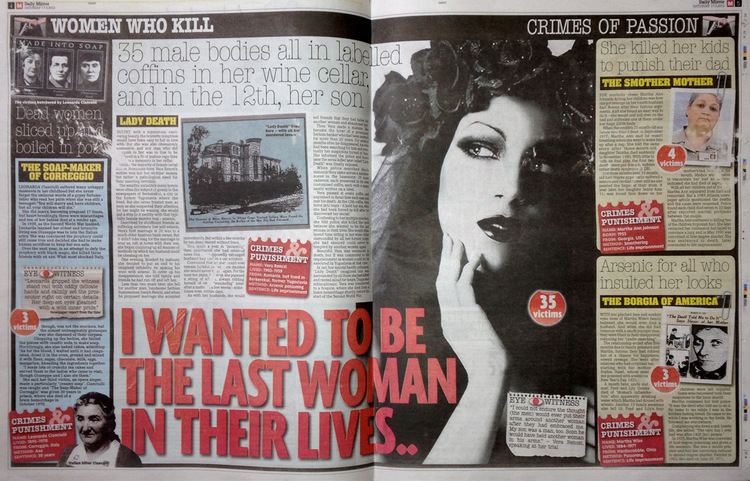
Shortly before the age of twenty, her first marriage was to a wealthy Austrian banker named Karl Schick, many years her senior. She bore him a son named Lorenzo. Left at home daily while her older husband worked, she began to suspect that her husband was being unfaithful. One evening, in a jealous rage, Renczi poisoned his dinner wine with arsenic and began to tell family, friends, and neighbors that he had abandoned her and their son. After approximately a year of "mourning", she then declared that she had heard word of her supposedly estranged husband's death in a car accident.
Subsequent murders

Shortly after allegedly hearing the news of her first husband's "automobile accident" Renczi remarried, this time to a man nearer her own age. However, the relationship was a tumultuous one and Renczi was again plagued by the suspicion that her new husband was involved in extramarital affairs. After only months of marriage the man vanished and Renczi then told friends and family that he had abandoned her. After a year had passed, she then claimed to have received a letter from her husband proclaiming his intentions of leaving her forever. This would be her last marriage.

Although Renczi did not remarry, she spent the next several years carrying out a number of affairs, some clandestine with married men, and others openly. The men came from an array of backgrounds and social positions. All would vanish within months, weeks, and in some cases, even days after becoming romantically involved with her. When connected to men she was openly having an affair with, she would invariably concoct stories of them being "unfaithful" and having "abandoned her".

After the wife of one of Renczi's lovers followed him to Renczi's residence one evening and the man subsequently never returned home, the police were called to investigate his disappearance. Upon searching Renczi's wine cellar, they discovered 32 unburied, zinc-lined coffins. Each contained a male corpse in varying stages of decomposition. Renczi was arrested and taken into police custody where she confessed to having poisoned the 32 men with arsenic when she suspected they had been unfaithful to her or when she believed their interest in her was waning. She also confessed to the police that on occasion she liked to sit in her armchair amidst the coffins, surrounded by all of her former suitors.
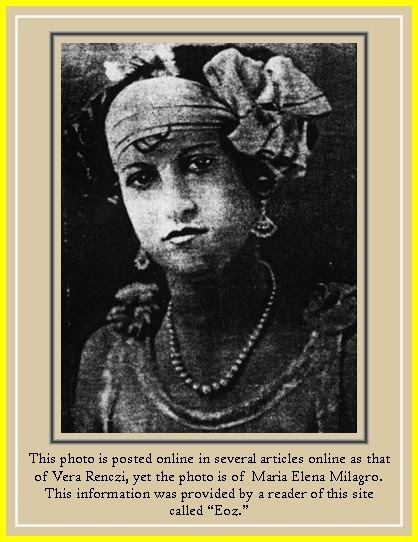
Renczi also confessed to murdering her two husbands and her son Lorenzo. She told police that one day when her son had come to pay her a visit, he had accidentally discovered the coffins in her wine cellar and threatened to blackmail her and she subsequently poisoned him and disposed of his body. She also feared he would soon leave her to marry someone so she held him in her arms as he lay dying so she would be the last person to hug him.
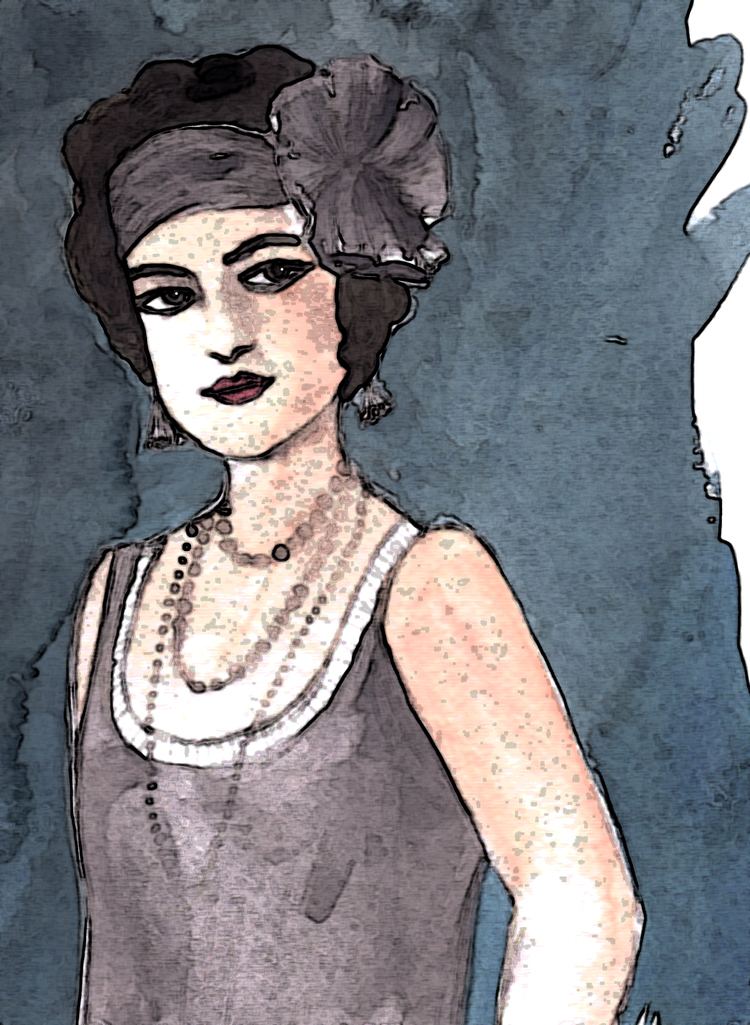
She was convicted of 35 murders and sentenced to life imprisonment, where she subsequently died. Some have speculated that Renczi's story may have inspired Joseph Kesselring's play Arsenic and Old Lace, yet this is incorrect. It was the Amy Archer-Gilligan case which the playwright used as his model.
In 2005, The Discovery Channel's three-part series Deadly Women recounted the history of Renczi, portrayed through reenactments and commentaries from FBI agents and criminal profiler Candice DeLong and a forensic pathologist. Renczi was featured in the series' first episode titled "Obsession", where she is described as having killed her victims in the "1930s in Bucharest, Romania". As for her motivation, the voice-over says that "modern analysis suggest she was simply looking for love".
On 17 March 2012, a depiction of Renczi appeared in the Daily Mirror, but it was proved to be a misidentified 2004 photograph, and an apology was printed.
